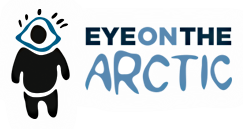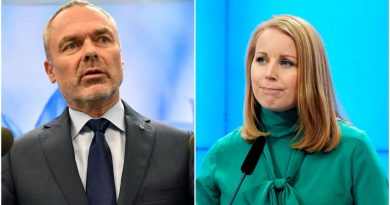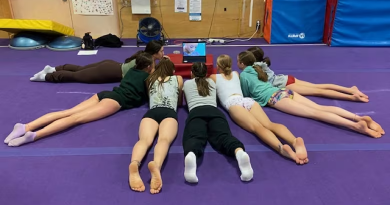Inuit and Korean artists collaborate for 2024 Gwangju Biennale
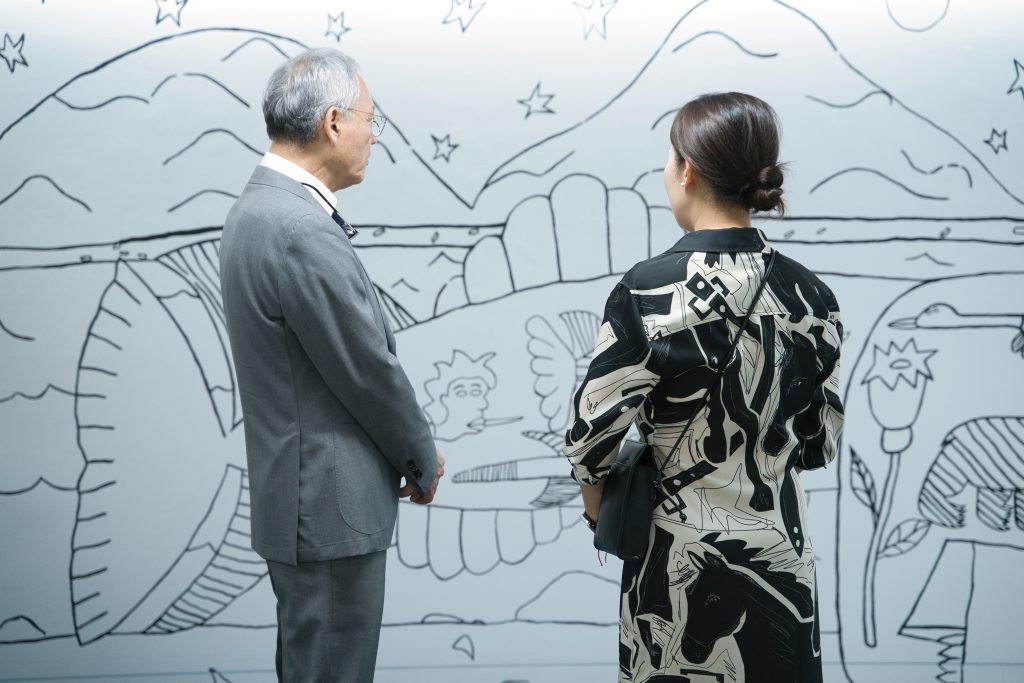
Inuit and Korean artists are teaming up to share their artwork at the 15th annual Gwangju Biennale in South Korea, something organizers hope will allow audiences a window into the artists’ different perspectives on the concept of “home.”
The exhibition is part of the 2024-2025 Year of Cultural Exchanges between Canada and Korea and showcases works by six Inuit artists from the West Baffin Cooperative in Kinngait, Nunavut, and three contemporary Korean artists.
The collaboration’s theme came about through the artists exchanging ideas about their landscapes, cultures, and histories of their homelands. The exhibition includes a set of six previously displayed drawings as well as a new lithography created for this year’s event.
“There was such a thirst on either side to know more about their counterparts in their respective countries,” the West Baffin Cooperative’s William Huffman from the West Baffin Cooperative told Eye on the Arctic of the artists exchanges.
“It wasn’t just ‘What do you draw or sculpt?’ It was ‘Can I hear your language?’ ‘What kind of food do you eat?'”
Fostering understanding through global dialogue
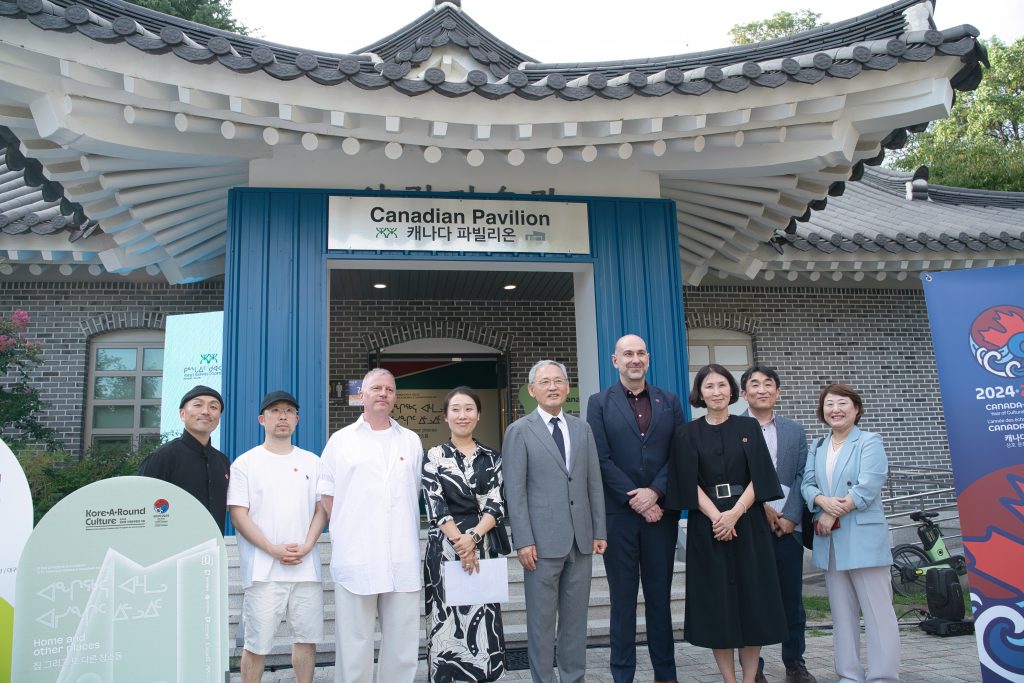
Founded in 1995, the biennale hosts artists from around the world to explore important global issues, especially those related to cultural identity, human rights, and social justice—topics that connect to the city’s history as a center for pro-democracy movements.
This is the second time artists from the West Baffin Cooperative have taken part in the Biennale, and has allowed them to build on their growing connection with Gwangju artists and studios, Huffman said.
Earlier this year, Korean cultural delegations also visited Toronto, Ottawa, Iqaluit, and Kinngait to learn more about Inuit culture, exchanges that all helped inform the current exhibition, he said.
“We kind of let things slide and morph and change as we went,” Huffman said. “And so we sort of contextualize the exhibition as a manifestation of the experience that the artists have had with each other.”
Shared experiences and political reflections
The collaboration also explored shared experiences, like talking about climate, traditional clothing, and even food—allowing artists to discuss both the similarities and differences between the two groups.
They also discussed political issues, including the strained relationships between their peoples and their governments.
“The Gwangju Uprising [a protest in the city against a 1980 military coup d’etat that was violently put down by the military] was mostly students, artists and housewives,” Huffman said. “[Korean artists] telling that story to Inuit had someone say ‘my parents were forcibly relocated by our own government to places in the Arctic.
“So they are two very different stories But I think there’s a parallel that both these cultures, both these places have been resilient and able to sustain and there is tremendous pride in place.”
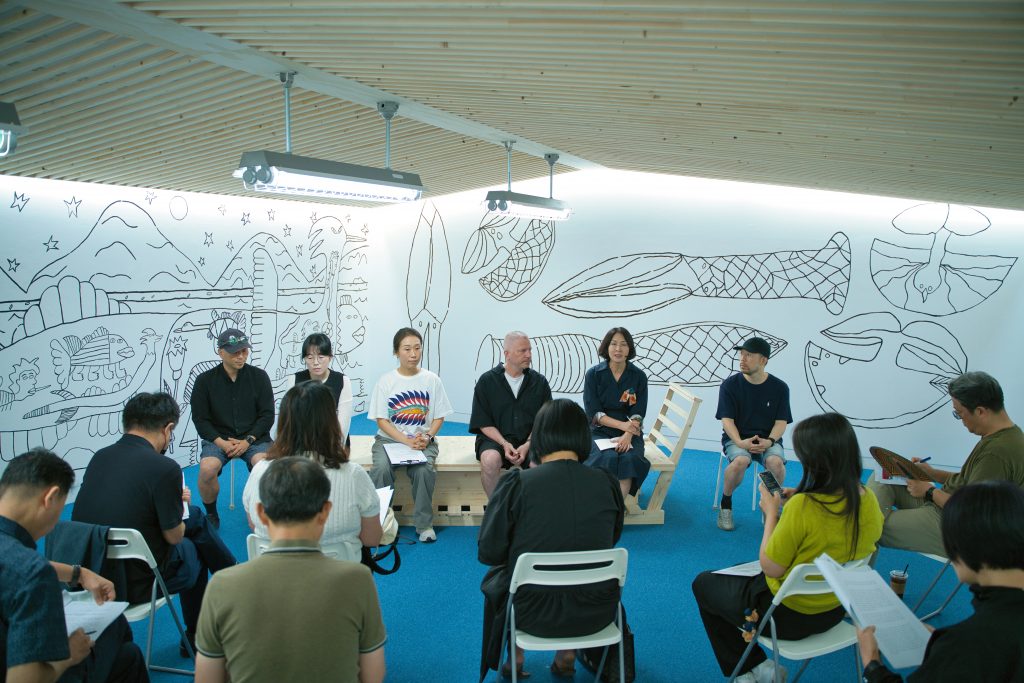
The Inuit artists part of this year’s exhibition include Saimaiyu Akesuk, Shuvinai Ashoona, Qavavau Manumie, Pitseolak Qimirpik, Ooloosie Saila, and Ningiukulu Teevee. Sae-woong Ju, Joheum Lee, and Seol-a Kim are the three Korean artists.
Huffman said he hopes the exhibition will further elevate the profile of Inuit art internationally and boost its presence in the contemporary art scene, aligning with the exchanges between Korean and Inuit artists leading up to the show.
“This was really an exercise in understanding,” he said. “How is it possible for people from other places to come together in a foreign place and feel just as comfortable? That’s the sort of a broad premise of what we were trying to.”
Comments, tips or story ideas? Contact Eilís at eilis.quinn(at)cbc.ca
Related stories from around the North:
Canada: Connecting through culture—How Isaruit became a haven for Ottawa Inuit, Eye on the Arctic
Finland: Sami joik, symphonic music fusion from Finland makes int’l debut in Ottawa, Eye on the Arctic
United States: How Inuit culture helped unlock power of classical score for Inupiaq violinist, Eye on the Arctic
